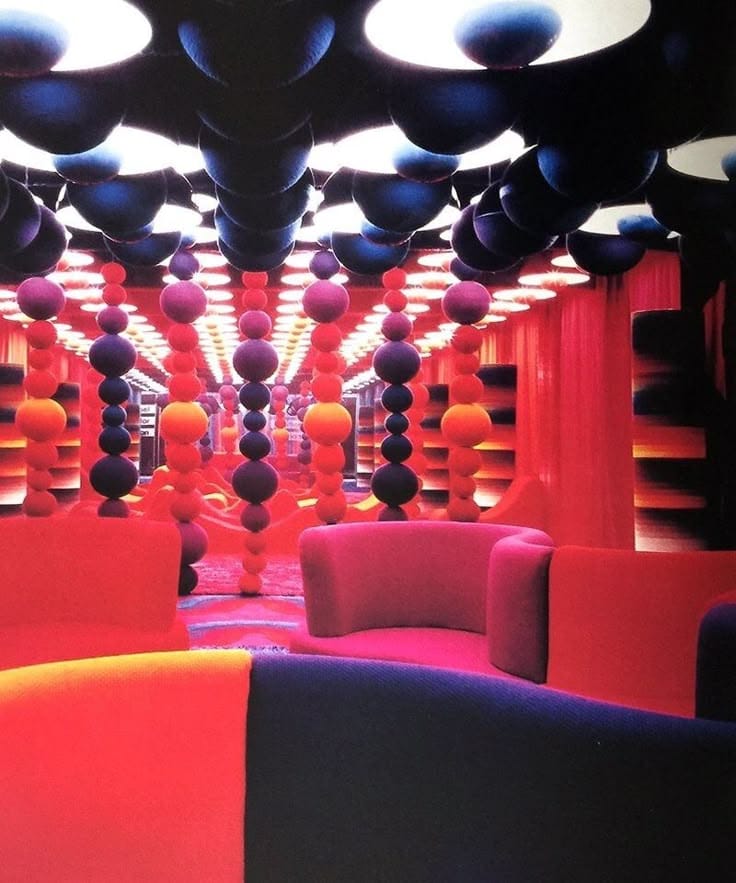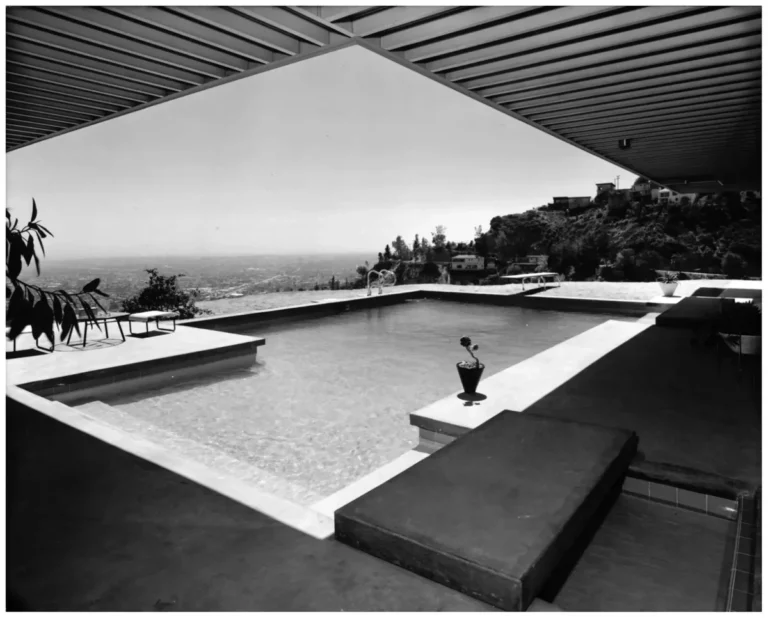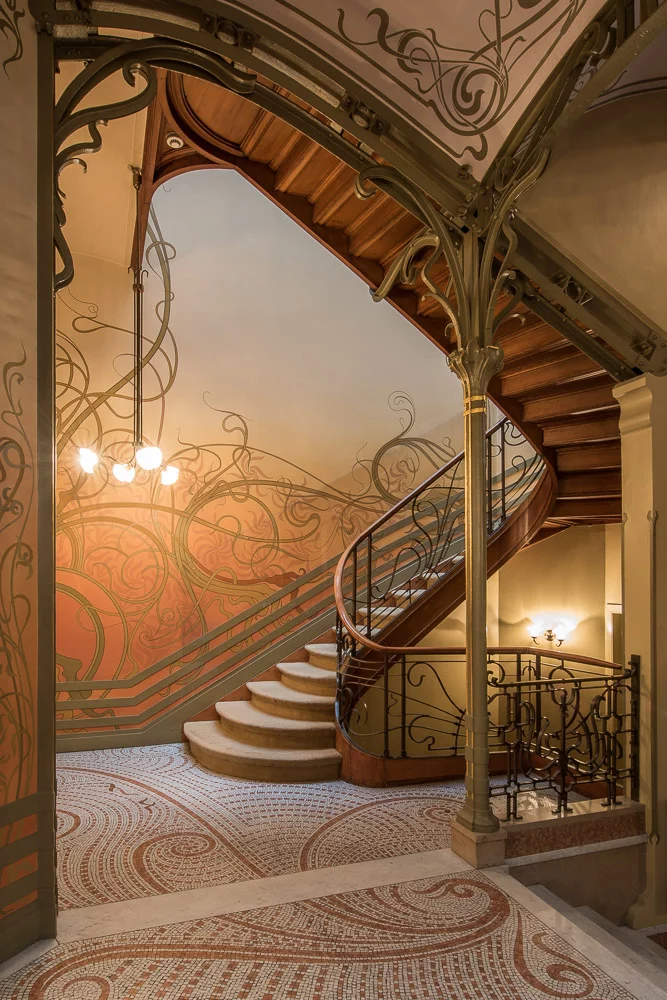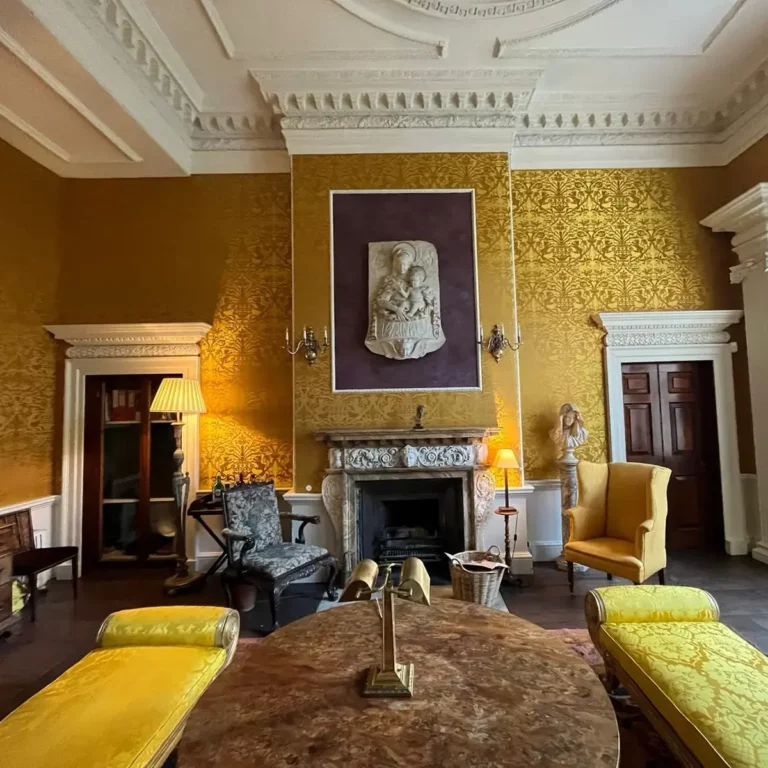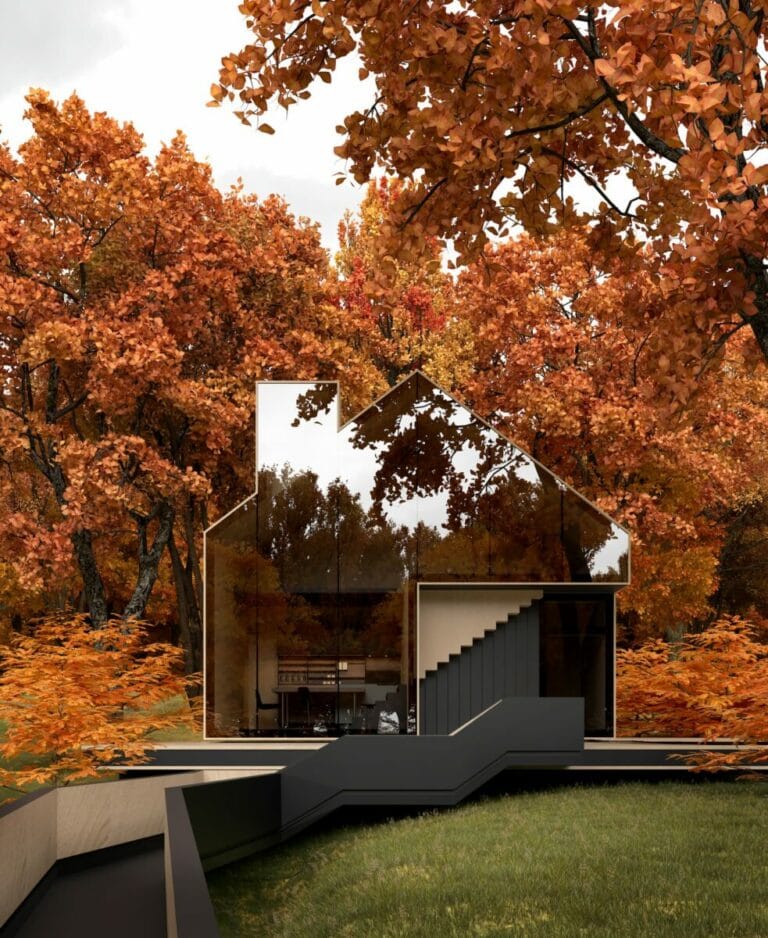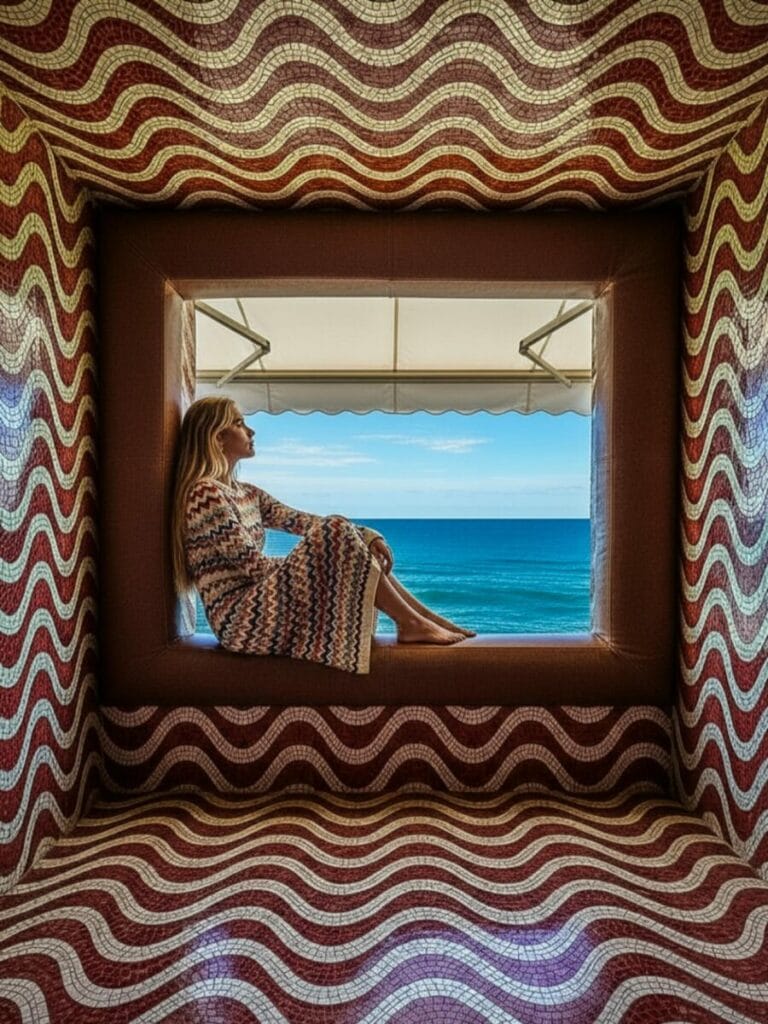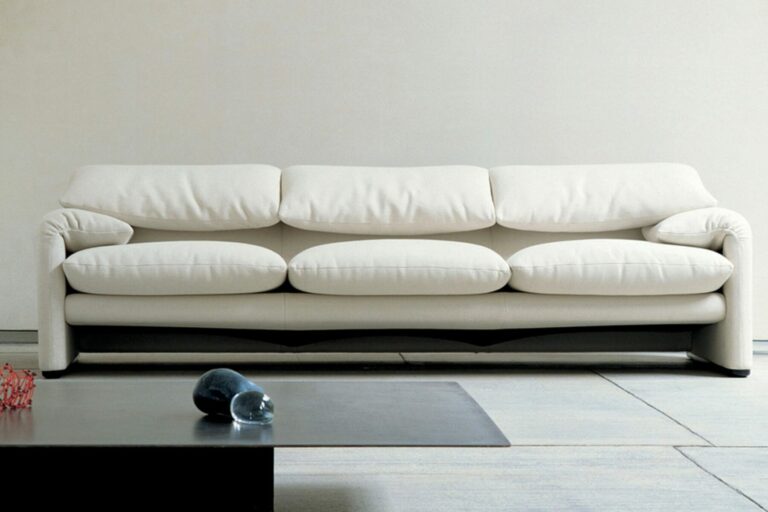196O: a new (design) Revolution is coming…
The organic design movement experienced a significant boom in the late 1950s, building upon the pioneering work of figures like Eero Saarinen. The 1960s marked a radical turning point in contemporary design history. Amidst social upheavals and the excitement of technological progress, design evolved from functionalism to emotional, expressive experimentation. This shift embraced not only bold, fluid forms but also the burgeoning concept of organic design, where nature’s gentle curves and flowing lines inspired creators. Designers began creating not just furniture, but experiences bold, fluid, and filled with meaning. This decade saw design shift from utility to identity. Understanding 60s design means understanding how form, culture, and freedom became one.
This decade, driven by profound social, political, and technological shifts, saw a radical rethinking of how we live and interact with objects. For students or design enthusiasts, the sixties are a must-know era, not only for its iconic pieces but for its belief that design can shape society.
In design history, the 1960s represent a pivotal transition: from rigid, functionalist modernism to expressive, emotional design. This shift reflects societal transformation and a growing desire to redefine the relationship between people, objects, and space.
- 1963: JFK assassination
- 1964–1975: Vietnam War
- 1968: May ’68 protests in France
- 1969: Moon landing and Woodstock Festival
Historical & Cultural Context
In the 1960s, youth emerged as a powerful social group. The rise of mass media, full employment, and political awakening — from civil rights to anti-war movements — created an appetite for freedom, experimentation, and creativity.
A Society in Flux
Youth culture emerged as a powerful social force. It demanded freedom, equality, and creative self-expression. Rising consumption and full employment set the stage for experimentation, color, and flexibility in design.
The Space Race: A Creative Catalyst
Design absorbed the aesthetics and materials of space exploration. Furniture became modular, forms became curved and fluid, and lighting mimicked galaxies and satellites.
The Space Race fueled dreams of utopia and progress. Designers borrowed from NASA tech and sci-fi to invent new forms. Molded plastics, lightweight foams, and modular structures brought cosmic modernity into the home.
✦ The vibe of the time:
“Space Age Design” wasn’t just a trend — it reflected a new way of thinking: optimistic, modular, mobile, and futuristic.
Liberating Forms: Design Breaks Free
Designers rejected strict functionality. Materials like foam and synthetic leather enabled curvy, low, and soft shapes. Seating became informal, modular, and expressive. Iconic pieces of this time were often playful, bold, and body-conscious.
Design was now about how something felt, not just how it worked. Interiors became more human, emotional, and sensorial — moving from cold modernism to immersive comfort.
✦ Design takeaway:
Form followed feeling. Furniture finally started speaking the language of freedom
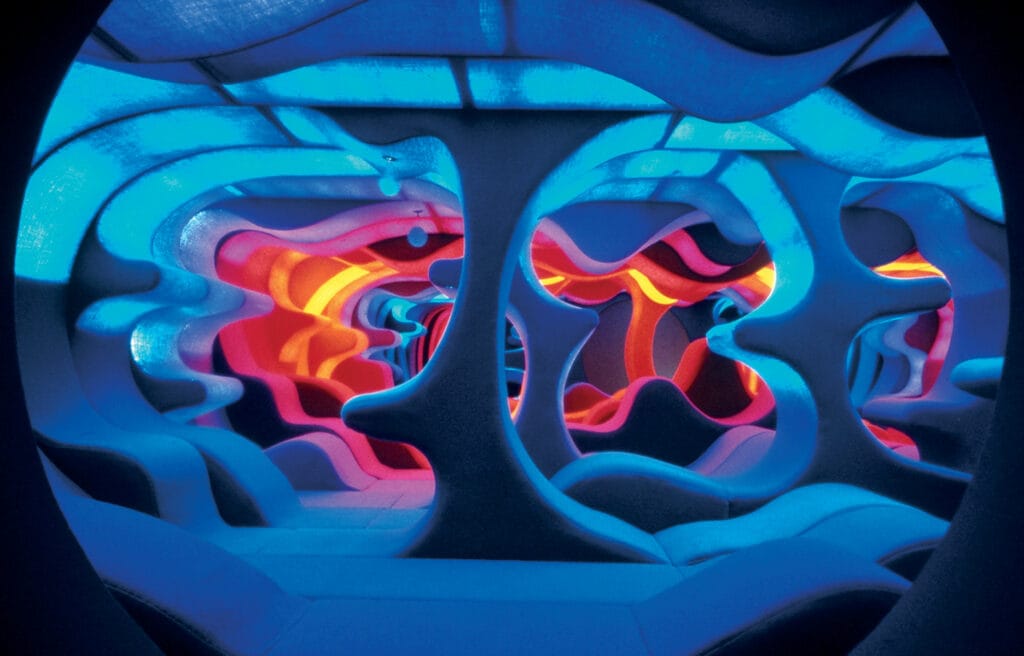
Verner Panton’s Total Design
Verner Panton exemplified the idea of design as an environment. In projects like Visiona 2, he created full installations — from carpets and lighting to sofas and walls — all unified in color, texture, and shape.
His interiors weren’t just styled — they were theatrical. Users moved through glowing landscapes, submerged in color and softness. You can still find a lot of Verner Panton furnitures out there, even the living tower!
✦ What made it radical:
Panton didn’t just design objects — he choreographed entire worlds. “Total design” meant immersive, emotional storytelling through space.
Iconic Objects of the 1960s
Globe Chair – Eero Aarnio, 1963
A spherical chair with a pivoting base. It creates a private, futuristic space reminiscent of space capsules.
→ Légende courte : Globe Chair (1963) – futuristic cocoon by Aarnio.
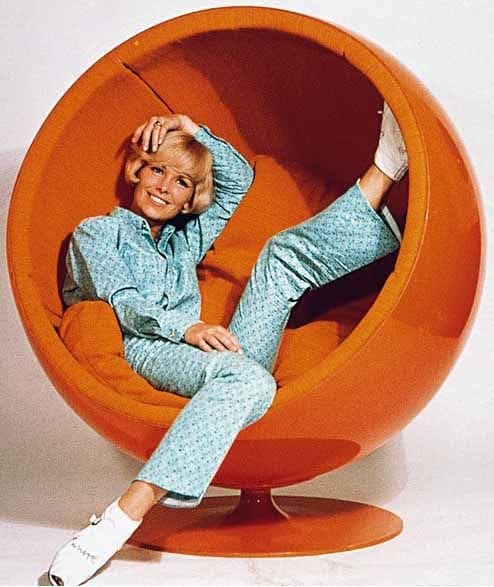
Panton Chair – Verner Panton, 1968
The first molded plastic chair made in one piece. Its S-shape is ergonomic, stackable, and bold — a pop design icon.
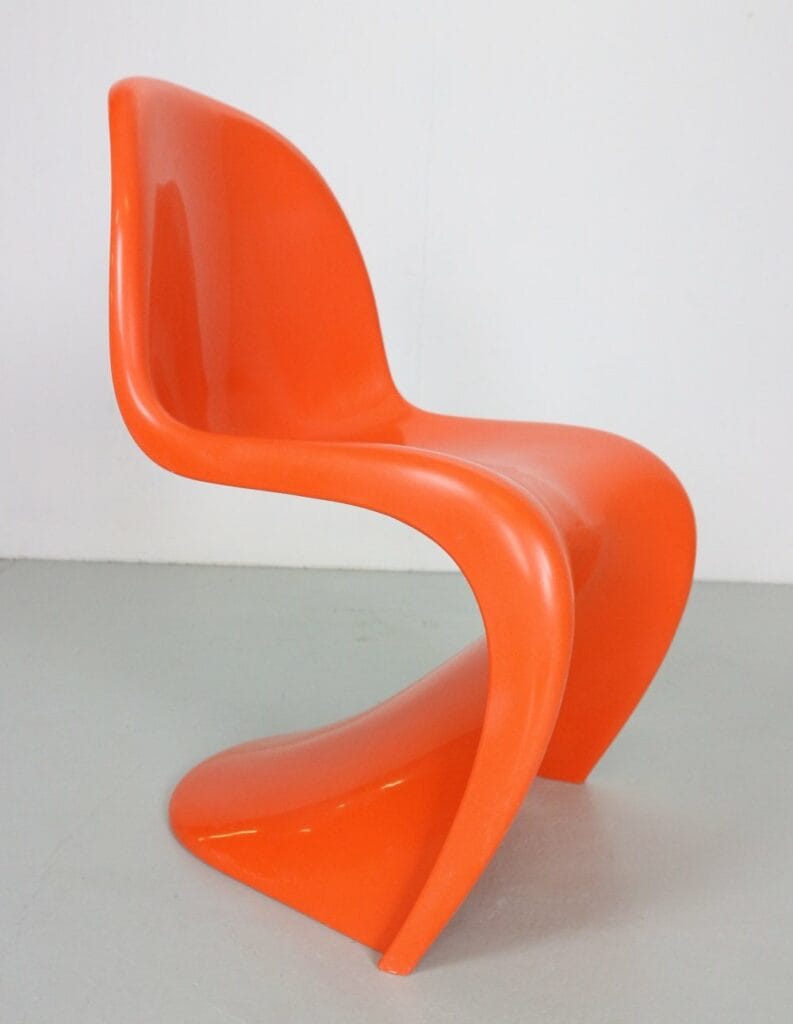
→ Légende courte : Panton Chair (1968) – the first one-piece plastic chair.
Sacco Chair – Zanotta, 1968
A beanbag-style chair with no structure. It molds to the body, rejecting traditional seating forms and embracing informality.
→ Légende courte : Sacco (1968) – shapeless chair adapting to the body.
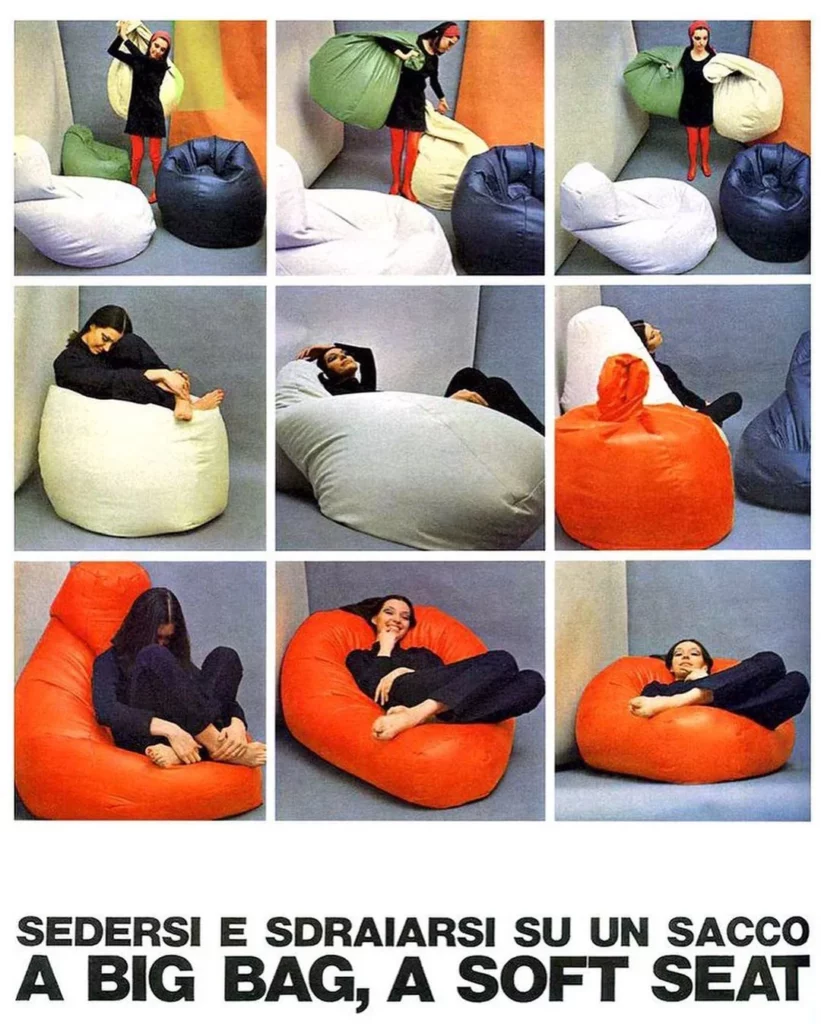
Spiral Lamp – Verner Panton, 1969
A kinetic hanging lamp made of shimmering plastic spirals. It transforms light into sculpture.
→ Légende courte : Spiral Lamp (1969) – kinetic, luminous decoration.
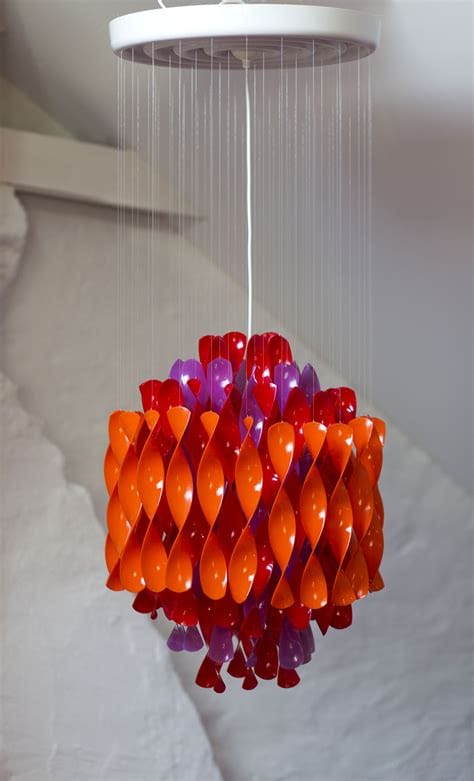
Boby Trolley – Joe Colombo, 1969
A modular rolling storage unit. Practical, compact, and space-saving — ideal for mobile, adaptable living.
→ Légende courte : Boby Trolley (1969) – modular utility on wheels.
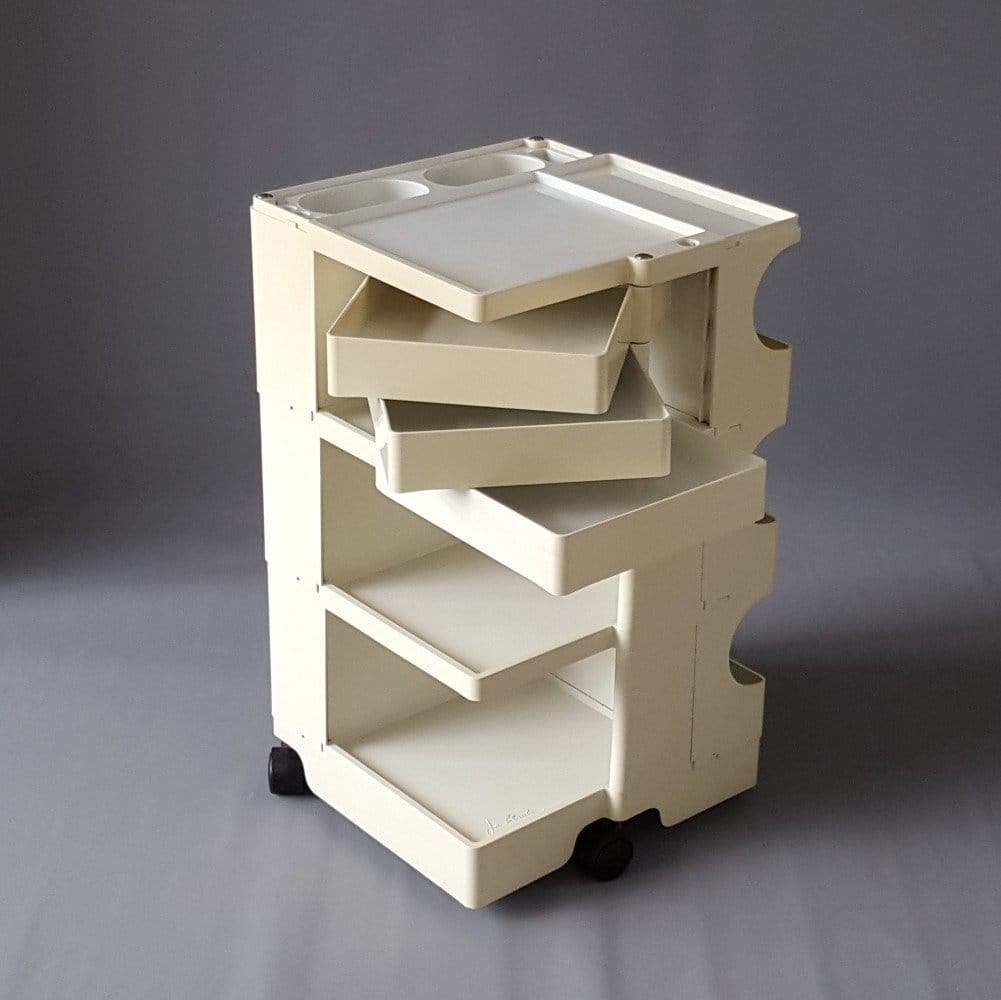
Conclusion: A Creative Boom
The 1960s liberated design. It broke hierarchy, embraced the body, and opened homes to new possibilities. Objects weren’t just tools — they were agents of change.
✦ Final thought:
The ’60s weren’t about style — they were about vision. That’s why we still talk about them today.
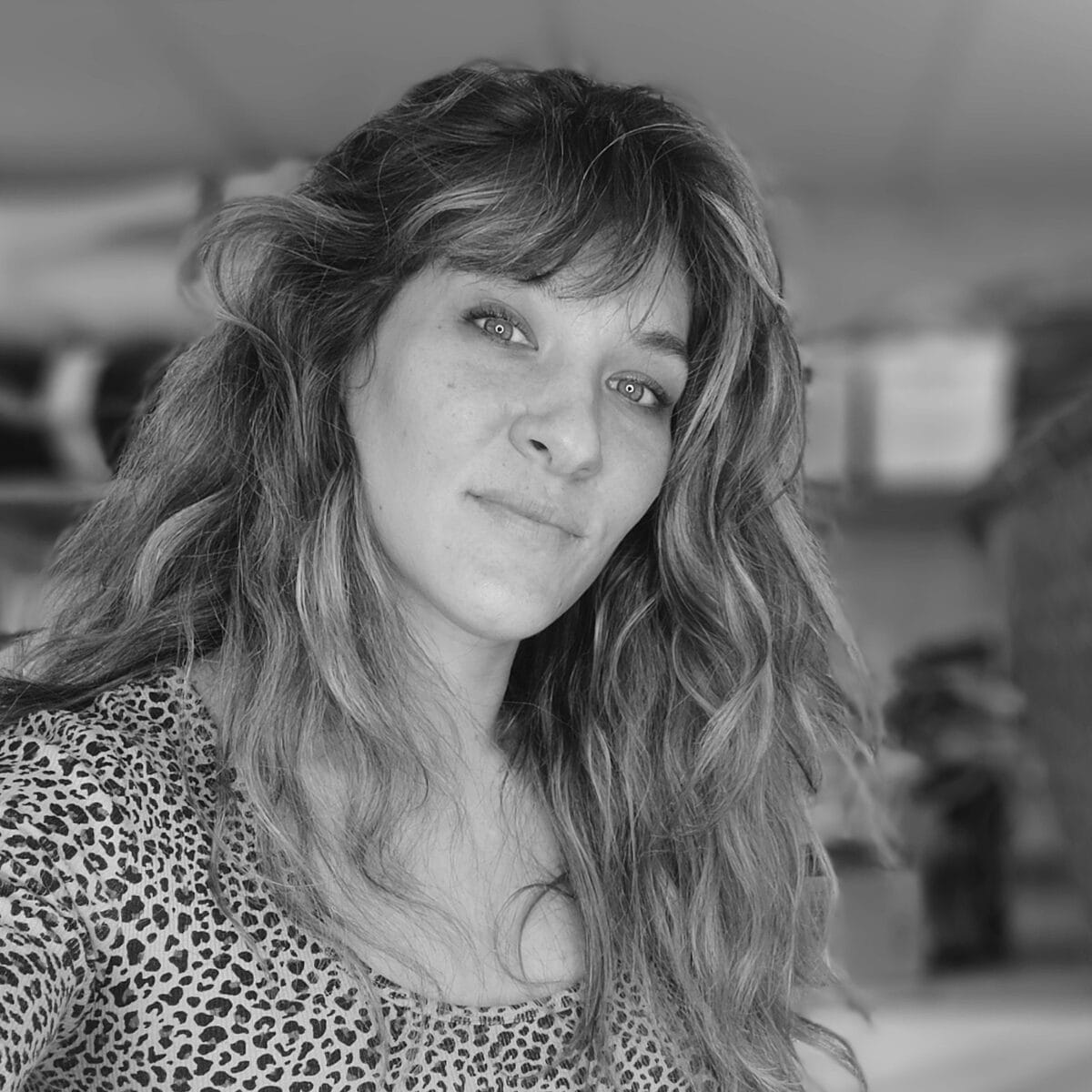
Digital entrepreneur and craft artisan, I use my unconventional background to share my vision of luxury design and interior decoration — one enriched by craftsmanship, history, and contemporary creation. Since 2012, I have been working daily in my workshop on the shores of Lake Annecy, creating bespoke interiors for discerning decorators and private clients.

